3D Printed Shapes
3D printing, also known as additive manufacturing, has revolutionized the way we think about creating objects.
.svg)
uses specialized 3D printers and thermoplastics as part material to manufacture durable parts that are structurally able to meet the best accuracy...


Stratasys founder Scott Crump developed this technology more than 20 years ago and has been leading a 3D printing revolution ever since.
FDM 3D printing is an additive technology where individual layers of fused thermoplastic material are laid down in succession to create a three-dimensional object. A variety of natural and engineering-grade thermoplastics are used, including ABS, PC, PPSF, PA11, nylon 12, and more. FDM printers lay down material in thin sheets (0.15mm or less), one on top of the next thus creating the 3D objects.
Due to its nature, FDM offers endless opportunities for designers and engineers alike to improve their designs with this 3D printing technology which delivers great strength and durability properties in the final part. It is ideal for quick functional prototyping as well as long-term durable end-use production parts.
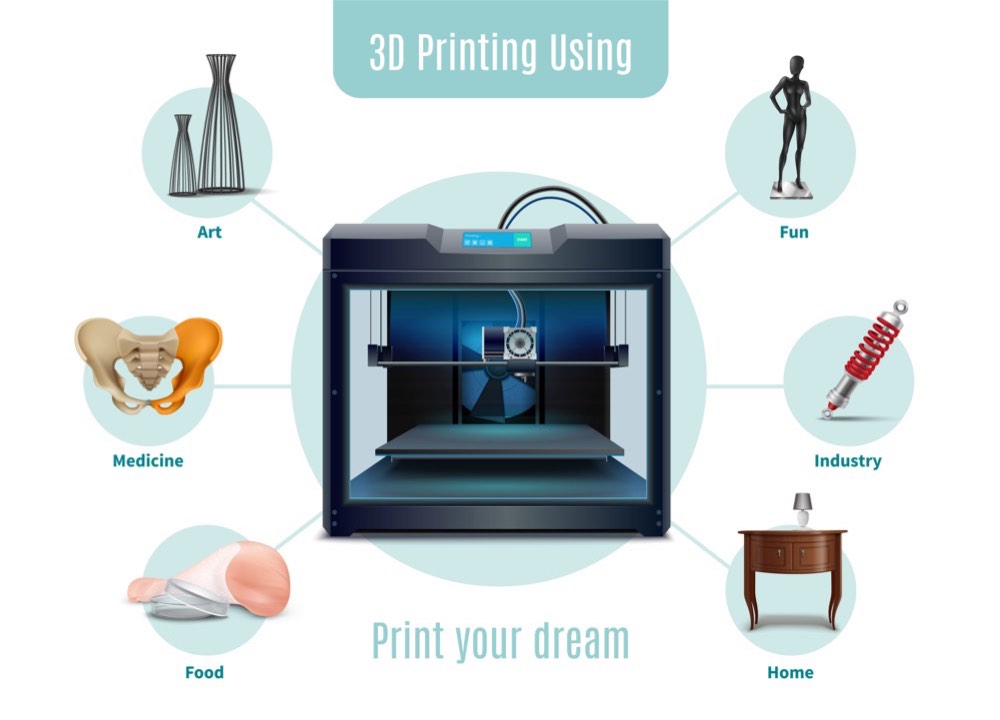
The article concludes with a profound look at our future of rapid prototyping, a world where it is widely used to create quick manufacturing of functional parts in almost any material imaginable.
Fused Deposition Modeling [FDM] (3D printed materials: FDMs) are the most widely used 3D printing technology. The industry represents the best-installed base of 3D printers throughout the entire world and is often the first technology people have experienced. In FDM, an object is made by selective depositing melt material layer-by-layer into predefined paths. The material used is a thermoplastic polymer and comes as a filament. A designer needs the capability and limitations of the technology he is creating when creating FDM parts to assist in the creation of the best output. The basic principles and the key aspects of FDM are presented.
3D printing is either horizontally or vertically, wherein an extruded nozzle moves over a built surface. The process involves the removal of the thermoplastic material in order to create layers of 3d material. As each layer becomes shape, it is clear that each layer has a horizontal cross-section. After one layer has been completed, the printing machine lowers to allow the subsequent plastic layer to be added to the resulting product. Once an object is created, the materials that supported the object are removed. The technology which pushes FDM forward was invented in the late '80s.
Fused deposition modeling is a common mode in 3D printing at Consumer Level. FDM works by extruding thermoset structural materials - such as :
ABS, PLA, PETG, ASA, PC, TPU 92A, thermoplastic and nylon, Hyper Speed PLA, Hyper Speed ABS, Carbon Fibre PAHT CF15, Flexi TPU 85A
- through an extrusion nozzle. Each layer is laid down once until each part is complete. These printer types are ideally suited for simple proof of concept models as well as for fast and low-cost prototyping of simple parts such as those normally machined.
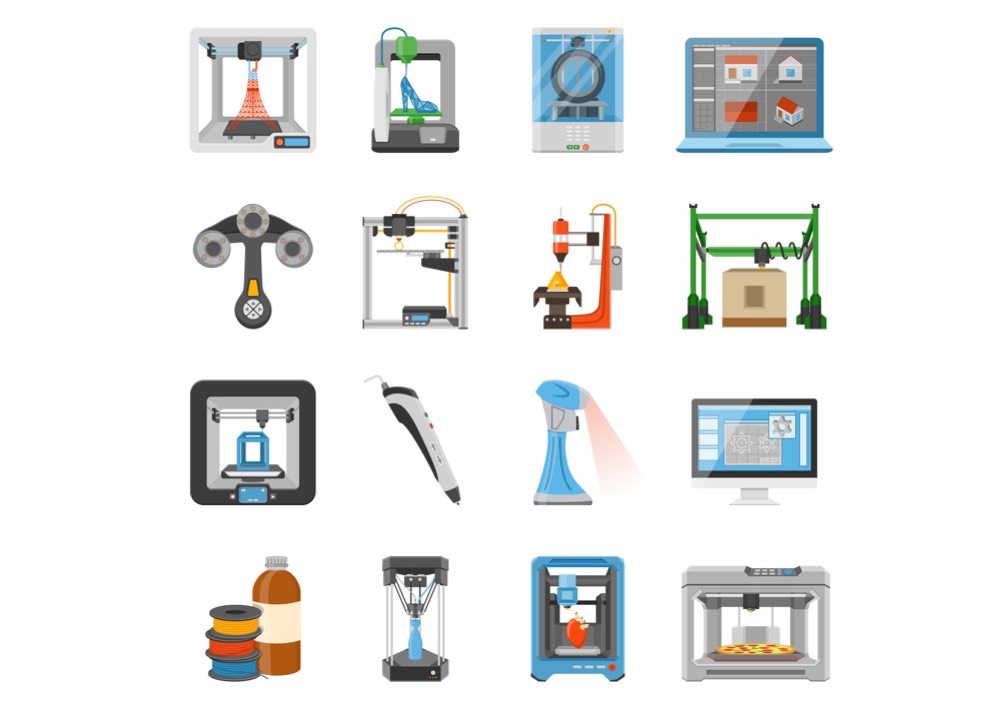
FDM printers are some of the most widely used 3D printing tools, ranging from desk plug-and-play printers for children to professionally developed systems adopted by manufacturing companies. Fused deposition modeling printers have nozzles that melt filament or material out and extrude and deposit the object layer according to code. The extrusion system's build volumes are limited to the width of the full-sized printer.

A spool of thermoplastic filaments is first loaded into a printer. Once the nozzle has reached the desired temperature, the filament is fed into the extrusion head where it melts in the nozzle. The melting surface is extruded in thin stranded strips and is deposited layer by layer in predetermined locations where it cools and solidifies.
To fill an area, multiple passes are needed (similar to coloring a rectangle with a marker). When a layer is completed the build platform moves down (or in other machine setups) and a new layer is created. The process is repeated until the component is finished.
FDM stands for Fused Deposition Modeling, an additive manufacturing process. Today, there are five common materials used in FDM printers: PETG (a heavy-duty engineering plastic), TPU (a flexible filament), Polycarbonate's(PEEK) strength makes it one of the most popular choices for functional prototypers considering the long-term durability is important), ABS - a strong material close to PLA in terms of temperature tolerances and color options but susceptible to moisture/oxidation issues), PLA- a biodegradable thermoplastic that is printable on both heated or unheated beds, which has earned it widespread praise from people concerned about the environmental impacts of their hobby), and Nylon
Hyper Speed materials represents the pinnacle of FDM technology, offering exceptional quality and performance. This affordable option is easy to print and boasts outstanding strength and temperature resistance properties.Unleash your creativity and supercharge your business with our cutting-edge Hyper Speed PLA 3D printing service. Breakthrough design limitations and embrace a world of manufacturing opportunities tailored to needs.

Described chemically as Ultem is a resin from the polyetherimide (PEI) Families. There are several kinds of Ultem compounds that vary in their different properties. Nevertheless, the entire family of these plastics should be quite heat-resistant, strong, and produce a high performance of printed objects. Ultem Resin is a group of brand materials used in some FDM printers.
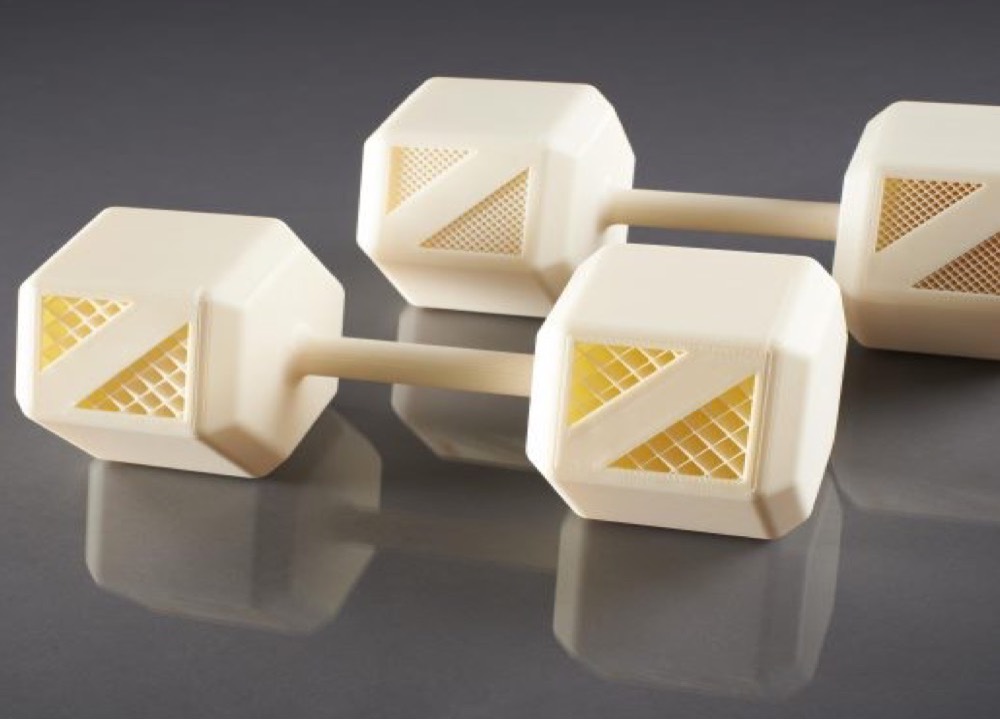
ASA is an acrylonitrile styrene acrylate-based thermoplastic used as an alternate to ABS.
ASA main purpose is to deliver parts of high quality that are strong and can withstand UV sunlight as much as temperature in any range from 60° to 72°. ASA is highly recommended for parts that are used outdoor to resist extreme temperatures.
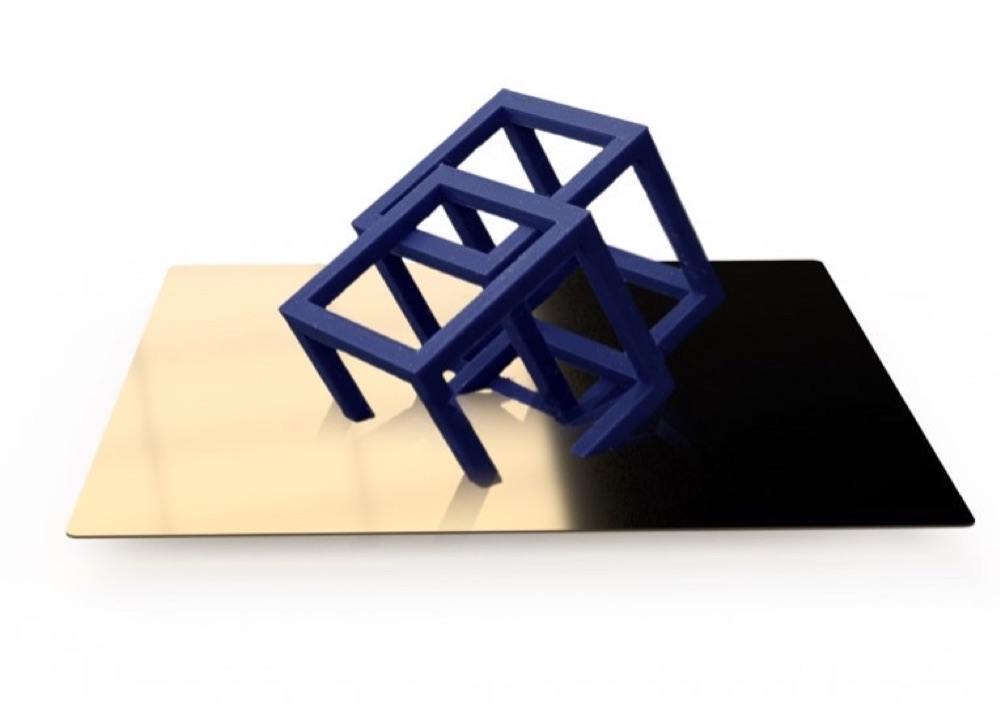
PLA is a biodegradable bio reactive thermoplastic polyester made from natural products such as cornstarch. Applications for PLA can include parts prototypes and those products which will not endure extreme stress. PLA makes it more eco-friendly than other plastic. The PLA part by 3Dmitech 3D is part of the 3d Printing Services.
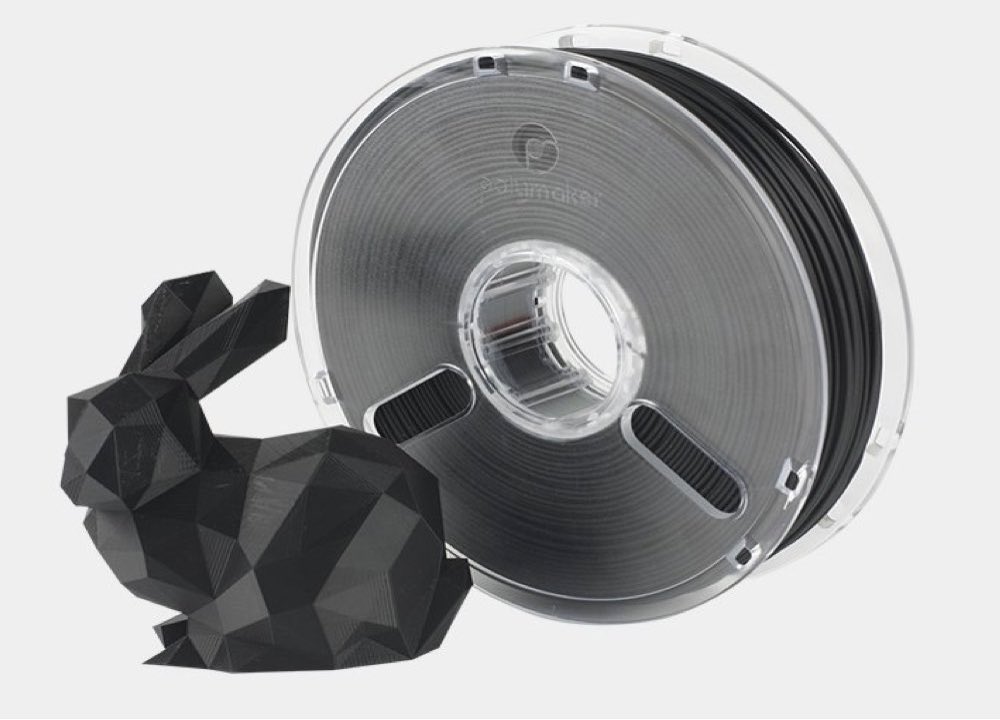
Polycarbonate or also known as PC polymer – has carbonate groups in its structure that make the filament more robust and make a good alternative to ABS. Industrial PC is used for healthcare applications aerospace and construction as well as for the building of bottle caps and glasses.

Nylon 6 filaments Fused Deposition Modeling [FDM] can be constructed with different polyamides and have unique properties that determine their degree of rigidity.
This material was used for Selective Laser Sintering [SLS] 3D printing. Nylon is an excellent material for prototypes thanks to its great mechanical properties.
Available Materials for SLS 3D Printing :
- Nylon 11
- Nylon 12
Stereolithography was the most developed 3D printing technology invented in 1980. SLA uses lasers to convert liquid resin into hardened plastic in a method called photopolymerization. The technology is widely used for a multitude of industries ranging from engineering and product design to manufacturing, dentistry, jewelry, model making, and Education. SLA resins offer a wide selection of optical, mechanical, and thermal properties that match the properties of standard or engineering and industrial thermoplastics. Learn how SLA 3D printing works. SLA is a good option for highly detailed prototypes needing tight tolerances and smooth surfaces including molds, patterns, and functional parts.
SLA 3D prints can reach resolutions as small as 25 microns leading to smooth and detailed surface finishes unmatched by fused deposition modeling and resemble injection molded parts. It is best suited for conceptual presentations or “proofs of work” models, organic structures, parts with complex geometries, figurines, and other unique forms prototypes. As the cured resin material is brittle due only engineering-grade SLA resin formulations should be used on parts that experience mechanical stresses or cyclical loads. SLA resins are typically more expensive and produce fewer parts per resin per unit compared with FDM 3d printing filament spools.

Both fused deposition modeling and SLA offer benefits as they can be used to service completely different duties or in the combination of multi-part assembly builds. If you're interested in producing prototypes for fine feature design, then SLA is a much better choice. FDM will be flexible enough to fit any part in a production process of design from manufacturing to maintenance.

Vat Photopolymerization was the largest three-dimensional printing technique ever developed. It was invented in the mid-1980s by Charles Hull, an American engineer. PLA uses liquid resin to print documents. The technique uses an ultralight laser that forms the object. The process takes place until an entire layer is exposed & hardened. The process continues until the whole model has been cured and the results have been printed. The technology is referred to as Stereolithography Apparatus. It was invented in the 1980s and is now being developed in the US and Canada. It's available in the United Kingdom and Australia.
FDM components are largely finished by various post-process procedures including sanding, polishing, priming, and painting as well as cold welding vapor smoothing epoxy coating.
The Stratasys research lab was partnered with an aerospace manufacturer to test the new polymeric additive manufacturing material. Providing all the necessary documentation will reduce the time taken in finding a Certification Authority.
FDM TECHNOLOGY is a great alternative to tools used in the post-processing of composite parts like welding and drilling. Fast additive manufacturing and ease of customization help eliminate costs that could be created by traditional tools. Print quality is of major importance and if you want to work on the creation of such parts, then fused deposition modeling is a great choice.
The best FDM 3D printers are easier and far less complex than many computers. The resulting products will be easily manufactured for more cost-efficient use without the high additive manufacturing cost. In comparison to other technology, it is an option that certainly can give businesses the potential to create more products without the complexities that usually come with that. This is the ability of the business to create products without any need to the warehouse, allowing greater flexibility. FDM will provide flexibility and more control over how the business will produce the products, test, and ship their final design to market, and give them better flexibility.
Fused filament fabrication (FFF) is a type of fused deposition modeling (FDM), which is the most common 3D printer technology. FDM works by heating and extruding thermoplastic material, usually either acrylonitrile butadiene styrene (ABS), polylactic acid (PLA), or high-impact polystyrene (HIPS). The fused filament fabrication process consists of feeding an unheated spool of plastic to the machine's hot end, where it is heated to its melting point and then extruded through a heated nozzle onto a bed in order to create one layer. After the print has been completed, you can remove it from the build platform and start printing another object on top of it.
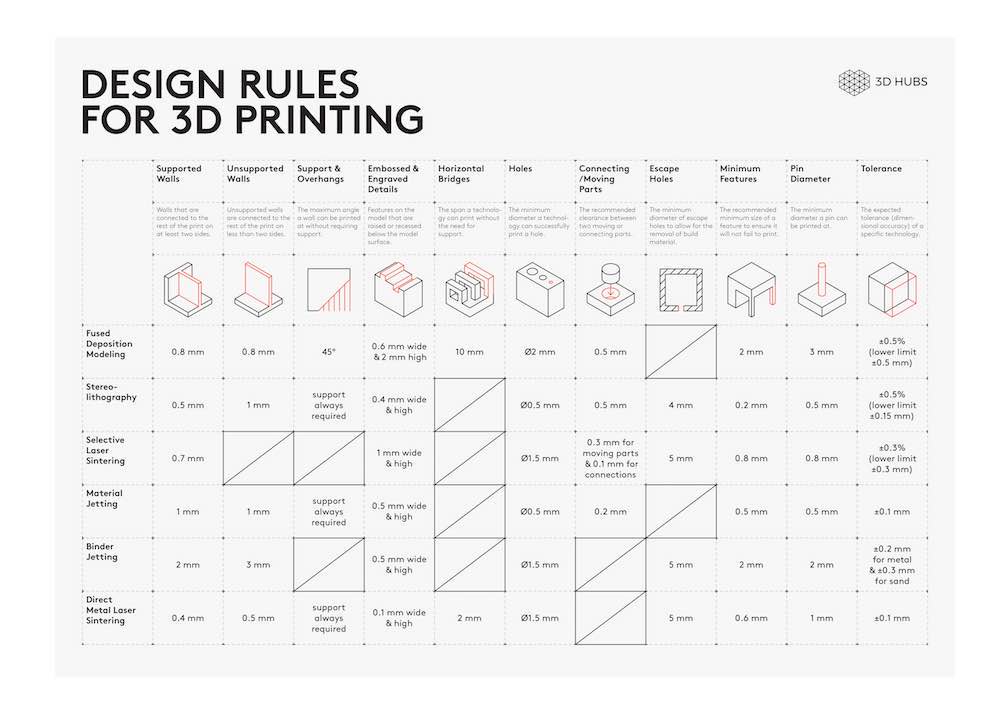
Most FDM systems permit the adjustment of several process parameters including the build speed layer height and the speed of the cooling fan. This is typically set by the operator so it should be a bit of a mystery for the designer. From the designer's point of view, the building height is important.
The smaller height produced smoother parts and captured curvatures better, while the larger height produced parts slower and without cost. A thickness of 200 microns is generally used.
Not every FDM machine can handle everything. High-Performance thermoplastic materials like PEEK require a higher extrusion temperature than the majority of FDM3D printers cannot. Certain producers have a closed filament system which means you can only use printing materials of a specific brand. Other manufacturers in addition offer you an open filament system that offers you free choice. In that case, you are free to choose any preferred filament brand that is almost always less costly or it is almost always cheaper to print from the same brand of material you have chosen.
Thermoplastics are ideal to create a prototype for the purpose of resistance to heat, chemical, and mechanical stresses. FDM parts have the capability to create extremely detailed items. It is also used to make end-use parts, especially tiny parts with many detailed bits. There you can find some case studies about using FDM 3d printing in the medical industry. For companies searching for a reliable option that delivers results, FDM printing offers the perfect solution. It is competitively priced and the best FDM can provide the best results efficiently and effectively.
FDM 3D printers work with several thermoplastic materials, like ABS, PLA & their diverse blends. Engineering materials such as Nylon PET GPA PA or TPU are also available although many are limited to professional FDM that support them. SLA resins offer a broad range of optical, mechanical, and thermal capabilities. Some of the material properties to be avoided are: soft or hard filled with material like glass or ceramic, or imbued with mechanical properties like high energy deflecting temperature or impact resistance. Printer - a tool in exploiting different functionalities and properties of a material.
The support structure is essential to create geometry with overhangs in FDM. The thermoplastic must have no effect on liquids. In addition, certain geometries have required support structures. Surfaces printed on supports are generally of lower surface quality than those on the rest of the parts. Support materials that dissolve in liquid also exist but they are used only in high-end desktop or industrial FDM 3D printers. Printing on dissolvable covers increased the overall cost of print because specialist machines are necessary which have dual extrusions and because the cost of the dissolvable material is relatively high.
3D print using FDM is possible which reduces the production time and costs. As you do not need any post-processing, it means there is no need to think about how to use other methods' costly liquids. It simply causes something ready to utilize. It is essential for businesses to access FDM printing services. The technique is efficient and easy to understand and the most accurate printer delivers instant results with very little fuss. So after comparing technologies, you can begin comparing printers in such a way that you can find your optimal 3D printer, meeting your requirements, to find the perfect FDM printer.
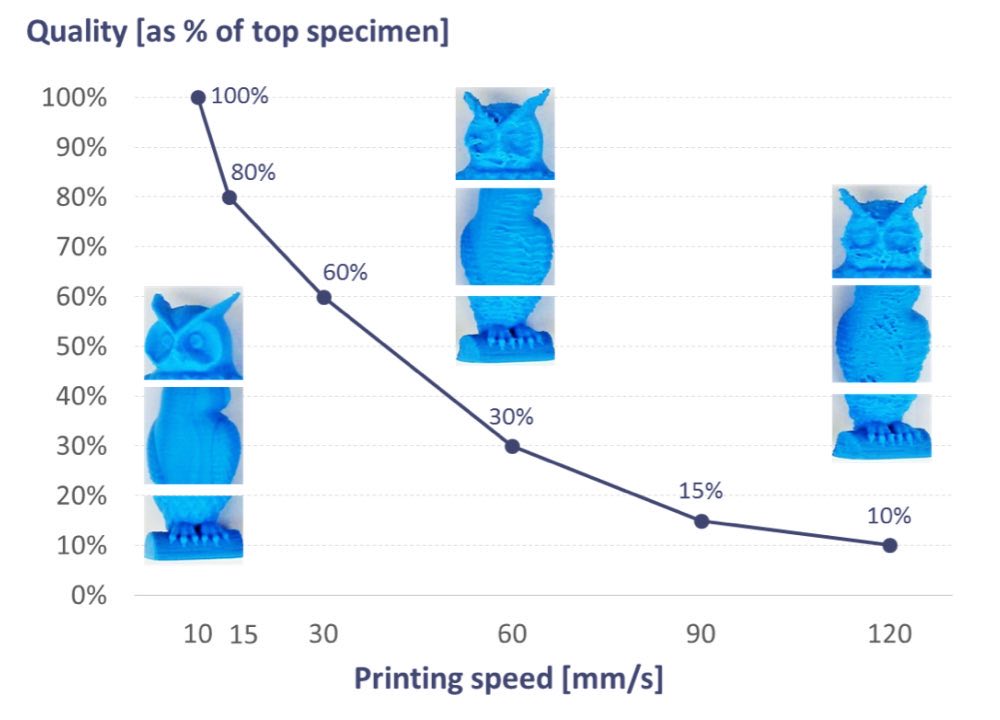
The draft reservoir is an SLA material that makes making CAD-3D models fast and affordable, and more effective. Bigger models that take up most of the production volume of an SLA printer (around a 15mm cube) take only roughly nine hours to print with Draft Resins. Printing the identical part at a 200-micron layer on an FDM printer takes 80 to 90 hours. This is ideal for rapid prototyping projects, where it allows users to quickly assess their success before moving on to another print or project. FDM and SLA print speed become comparable when printed components with comparable layer size with other materials.

In the world of 3D printing, innovation knows no bounds. One of the latest advancements in this field is the introduction of Hyper Speed materials, which are revolutionizing the way objects are created through additive manufacturing.
Hyper Speed materials are engineered to provide exceptional performance and efficiency, making them ideal for a wide range of applications across various industries. These materials boast several key characteristics that set them apart from traditional 3D printing materials:

From prototyping to manufacturing, Hyper Speed materials are empowering designers, engineers, and manufacturers to bring their ideas to life with unprecedented speed and efficiency. Whether you're creating functional prototypes, custom parts, or production-ready components, Hyper Speed materials offer unmatched performance and versatility.

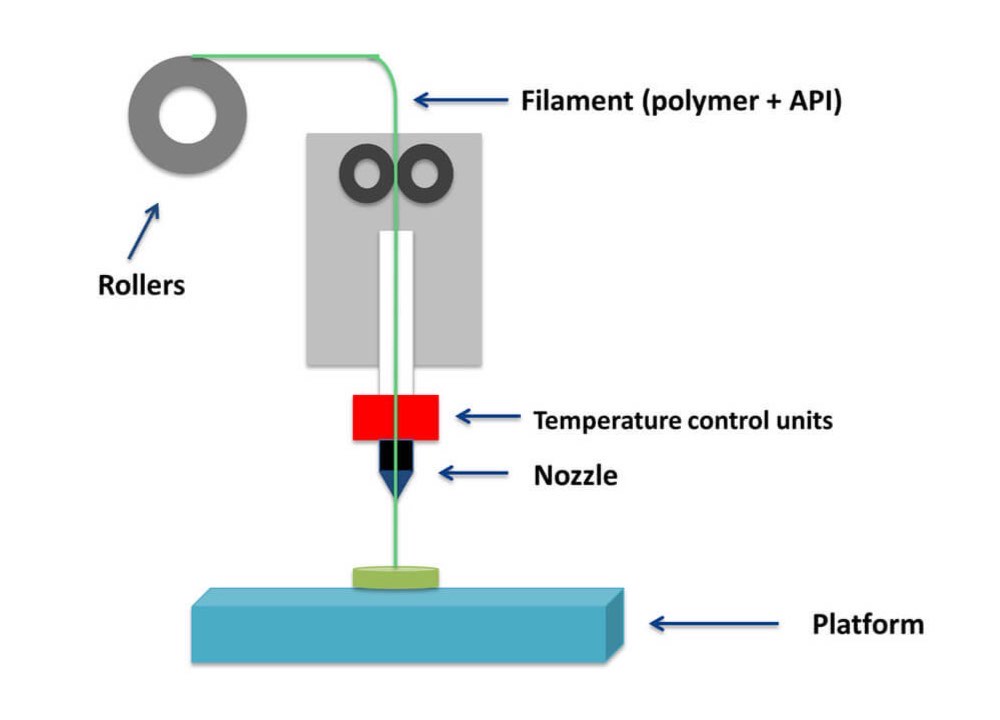
Different 3D printing materials have different melting points, the extruder temperature on the 3D printer is crucial. The thickness of the layers affects the quality of results. High resolution means thinner layers and is less noticeable. A resolution of 10microns yields a thickness of 0,01 millimeters. Other features that increase print time are automatic calibration, unreconstructed filament material detection, and a closed chamber. Make clear the minimum and maximum resolution meet your needs for the best FDM printer, it must meet the maximum resolution. For more information, Thermoplastic polymers are fused at various temperatures through fused filament fabrication or FDM. The technology's 3D printer heats up the material, for instance, ABS (Acrylonitrile Butadiene Styrene) to its melting point.
Ultimately, FDM3D printing will remain a leading 'design-driven technological advancement and have a global impact on the industries that manufacture these products. In order for an organization to simplify workflows, FDM is used for the purpose of automating the processes. It is also mentioned that 3D is a more simplified form of 3D. The fact that printers are often smaller and the process is safer, cheaper, and much better means it's an attractive choice. The future of FDM printing proves whether it can be advantageous while maintaining results say FDM printer experts.
Stay up to date with our newest collections, latest deals and special offers!